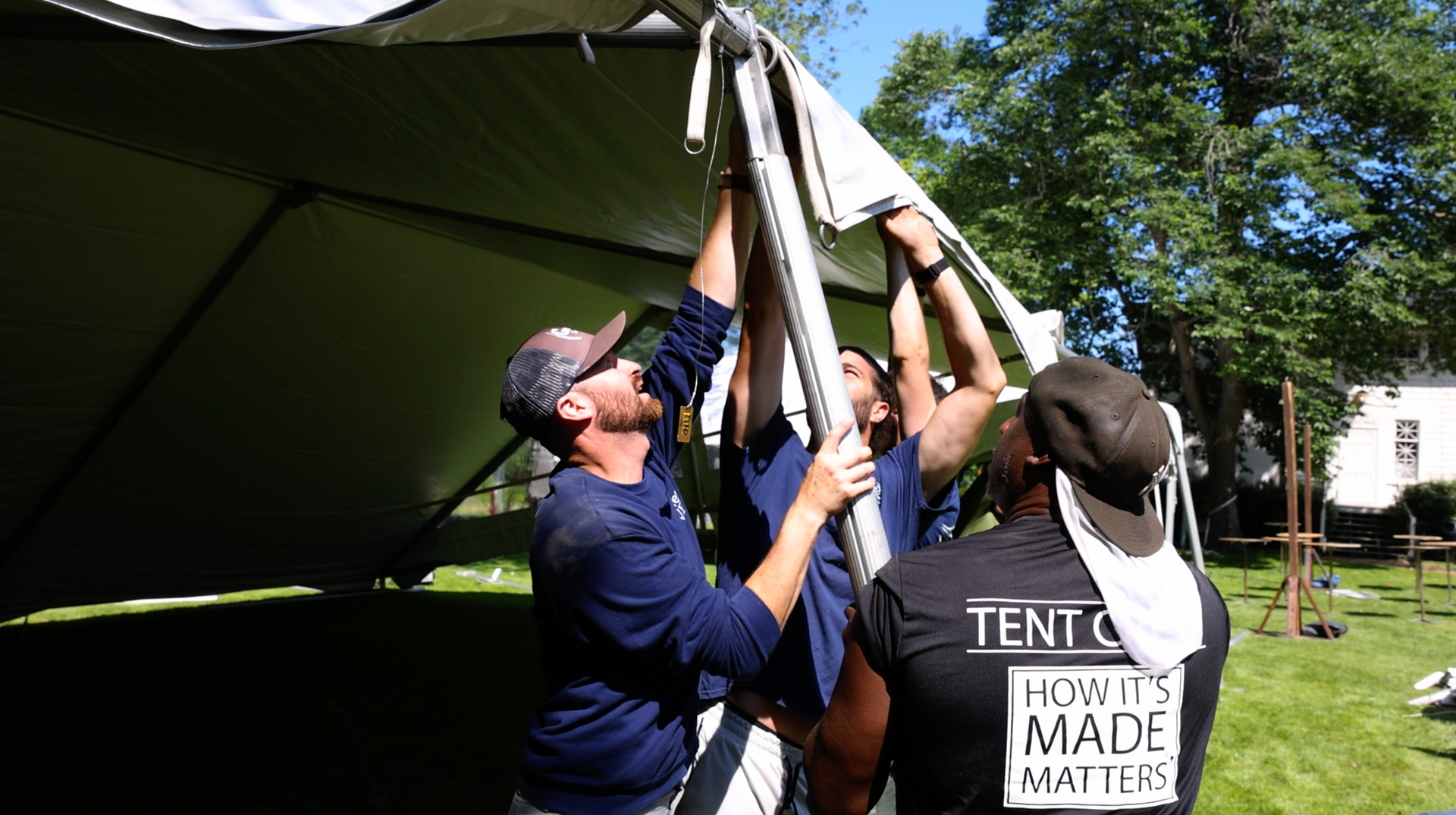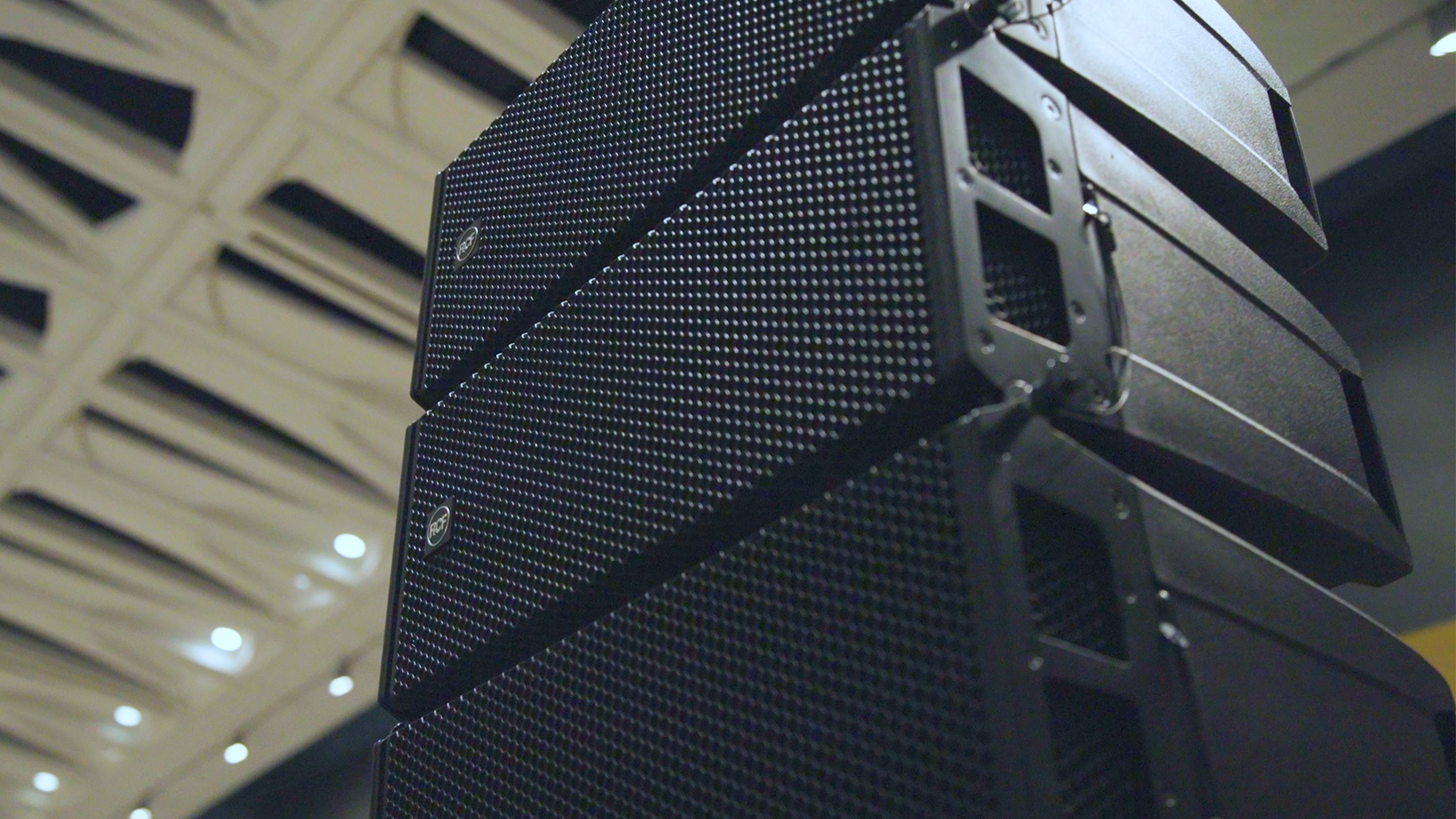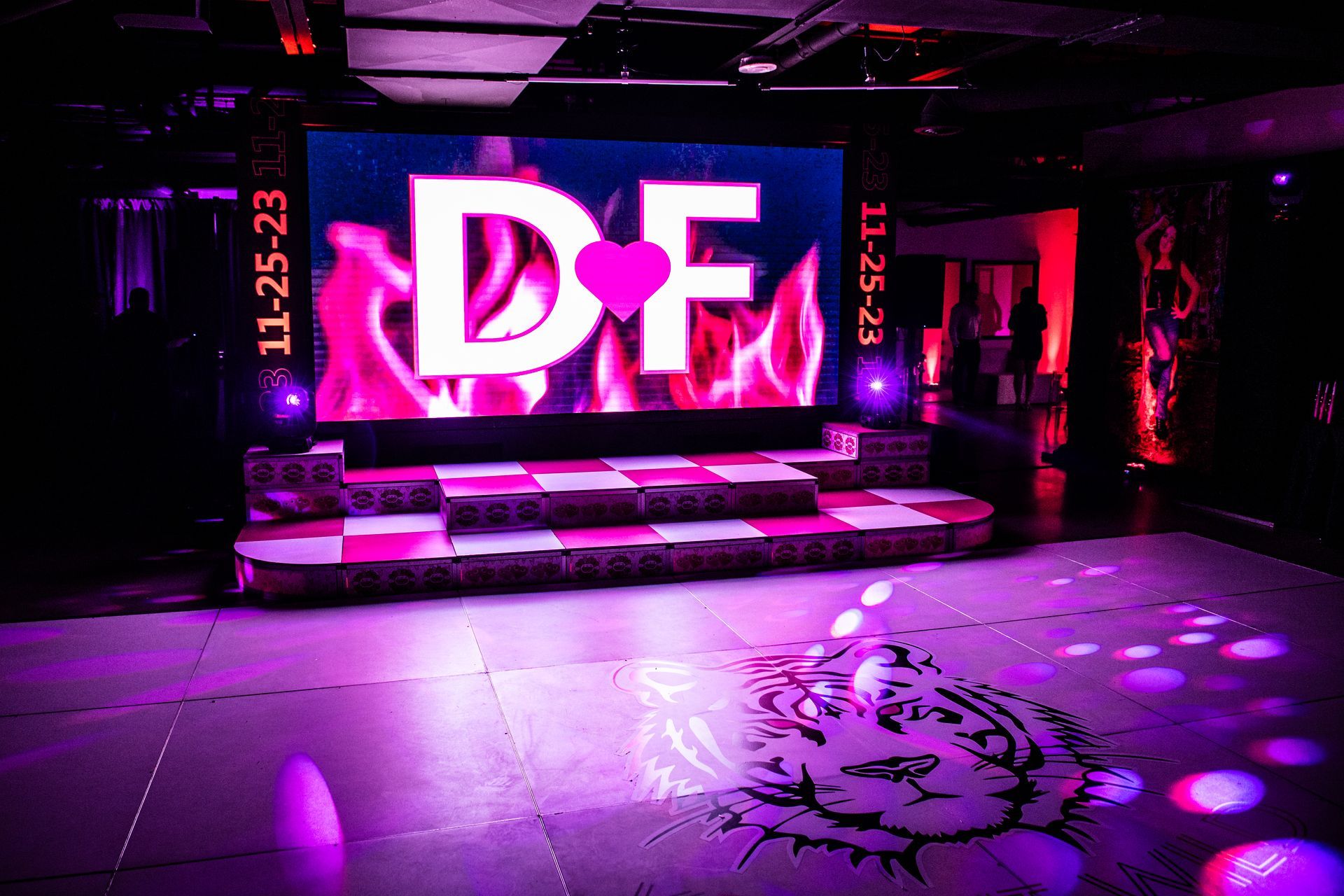How Marketing Agencies Can Streamline Experiential Event Production
Streamlining Your Experiential Marketing Process
In today’s competitive marketing landscape, experiential campaigns are more than just events — they are immersive brand experiences designed to engage audiences, drive awareness, and leave lasting impressions. For agencies, producing these experiences can be complex: logistics, fabrication, technical execution, and vendor coordination can slow down even the most creative campaigns.
Streamlining the production process is critical for agencies that want to deliver standout experiences efficiently, on budget, and without compromising the vision.
1. Define Clear Objectives and KPIs Early
Before diving into design or production, clarify the goals of the experience:
- What message should the audience take away?
- What metrics will define success (engagement, social shares, leads)?
- Are there constraints such as budget, space, or brand guidelines?
Clearly defined objectives help creative teams, account managers, and production teams stay aligned, reducing back-and-forth and late-stage revisions.
2. Involve Production Partners Early
One of the most effective ways to streamline experiential production is to bring event production partners into the process as early as possible. When a production team understands the creative vision from the outset, they can provide valuable insight into:
- Material choices for durability, transport, and setup
- Technical feasibility of all elements
- Timeline optimization for fabrication, shipping, and install
- Cost-effective solutions without sacrificing design intent
Early collaboration ensures fewer surprises during implementation and helps avoid last-minute changes that can derail timelines or budgets.
3. Develop a Detailed Production Roadmap
Map out every step of the production process internally, including:
- Concept approvals and design deadlines
- Fabrication timelines and material procurement
- Technical setup and logistics scope
- Rehearsals, install, and strike timeline
A visual roadmap or Gantt chart ensures that all parties involved understand the scope and deadlines, which prevents bottlenecks and miscommunication.
4. Establish Internal Review Processes Before Vendor Handoff
Before presenting designs or concepts to production partners or external vendors, it's important to conduct internal “pre-flight” checks for feasibility, brand compliance, and budget. Review materials, signage, and technical requirements. Lastly, ensure creative and production teams are aligned on expectations.
This minimizes costly revisions and ensures that production teams receive a polished, actionable plan.
5. Use a Single Point of Contact for Coordination
Managing multiple vendors can slow down production and create communication gaps. Working with a single, full-service production partner, or a dedicated project manager, allows agencies to:
- Centralize updates and approvals
- Reduce back-and-forth between creative, technical, and logistical teams
- Maintain consistency in brand execution across all elements of the experience
This approach minimizes friction, keeps deadlines on track, and ensures the final activation aligns with the original creative concept.
Wrap Up
Streamlining experiential production doesn’t require more headcount — it requires clear objectives, structured processes, strong internal communication, and continuous learning. By implementing these practices, marketing agencies can manage complex activations more efficiently, reduce revisions, and deliver immersive experiences that engage audiences while staying on schedule and budget.










